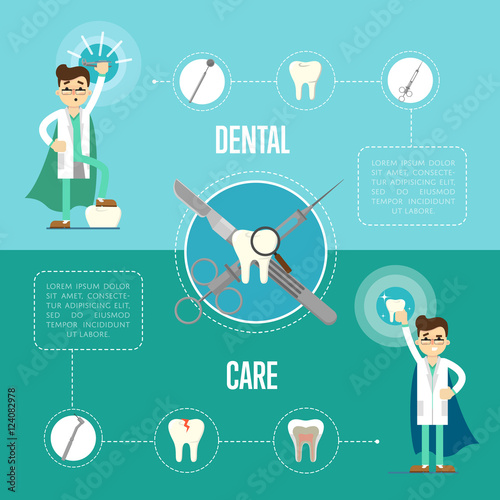Invisalign Versus Typical Braces: An Extensive Evaluation
Invisalign Versus Typical Braces: An Extensive Evaluation
Blog Article
Article By-Ring Beck
When faced with the choice between Invisalign and conventional braces, you may question which alternative lines up better with your lifestyle and choices. The choice includes more than simply the visual charm; it looks into variables like treatment duration, comfort, and long-term dental health impacts. Consider the impact each choice might carry your everyday routine and self-esteem. As we discover the detailed comparison, you'll obtain understandings right into the subtleties that make these orthodontic treatments unique and uncover which one might be the far better suitable for you.
Products and Construction
When comparing Invisalign to traditional dental braces, the materials and construction vary considerably. Invisalign contains clear, smooth plastic aligners personalized to fit your teeth. These aligners are basically unnoticeable, making them a preferred option for those looking for an extra discreet orthodontic treatment.
On the other hand, conventional braces entail metal braces that are glued to your teeth. These braces are then connected by wires and rubber bands, applying stress to progressively move your teeth right into the desired placement.
The building and construction of Invisalign aligners enables a more comfortable fit compared to typical braces. how expensive are dental implants minimizes irritation to your cheeks and periodontals, which is an usual concern with steel braces and wires. Additionally, Invisalign aligners are detachable, making it simpler to clean and floss your teeth without any blockages.
On the other hand, standard braces are taken care of onto your teeth, calling for added treatment and time for appropriate maintenance.
Maintenance and Oral Health
The maintenance and oral hygiene practices differ in between Invisalign and traditional braces because of their special layout and building.
With Invisalign, you can remove the aligners when eating or cleaning your teeth, allowing you to preserve your normal dental hygiene routine without any blockages. It's important to brush your teeth after eating before placing the aligners back on avoid food fragments from obtaining trapped and causing decay.
On the other hand, typical braces need extra interest to maintain your teeth tidy. Food bits can quickly obtain embeded the brackets and wires, resulting in plaque build-up and potential tooth decay. You'll need to use special tools like interdental brushes or floss threaders to tidy in between the cables and braces efficiently.
Recommended Looking at and cleanings are important to make sure that your oral hygiene remains in leading problem while putting on typical braces.
Presence and Aesthetics
Exposure and looks play a significant duty in the comparison in between Invisalign and typical braces. When it involves appearance, Invisalign uses a clear advantage over conventional braces. Invisalign aligners are virtually undetectable, making them a preferred choice for those that choose a more very discreet orthodontic therapy option.
Unlike the noticeable metal braces and cords of standard dental braces, Invisalign aligners are transparent and blend in with your all-natural teeth, enabling you to grin confidently throughout your therapy.
Typical dental braces, on the other hand, are extra conspicuous as a result of their steel components. While some may select vibrant bands to individualize their dental braces, others could really feel uneasy concerning the presence of these orthodontic devices. The popular appearance of traditional dental braces can often impact a person's self-esteem, specifically for adults in professional settings.
Verdict
Finally, when selecting between Invisalign and typical dental braces, consider your lifestyle and choices. Invisalign offers a very discreet and comfy alternative with easy maintenance, while typical dental braces give colorful modification but may affect self-esteem.
Inevitably, the decision should be based upon what works best for you in terms of appearances, ease, and comfort. Make certain to seek advice from your orthodontist to figure out the most ideal therapy for your private needs.
